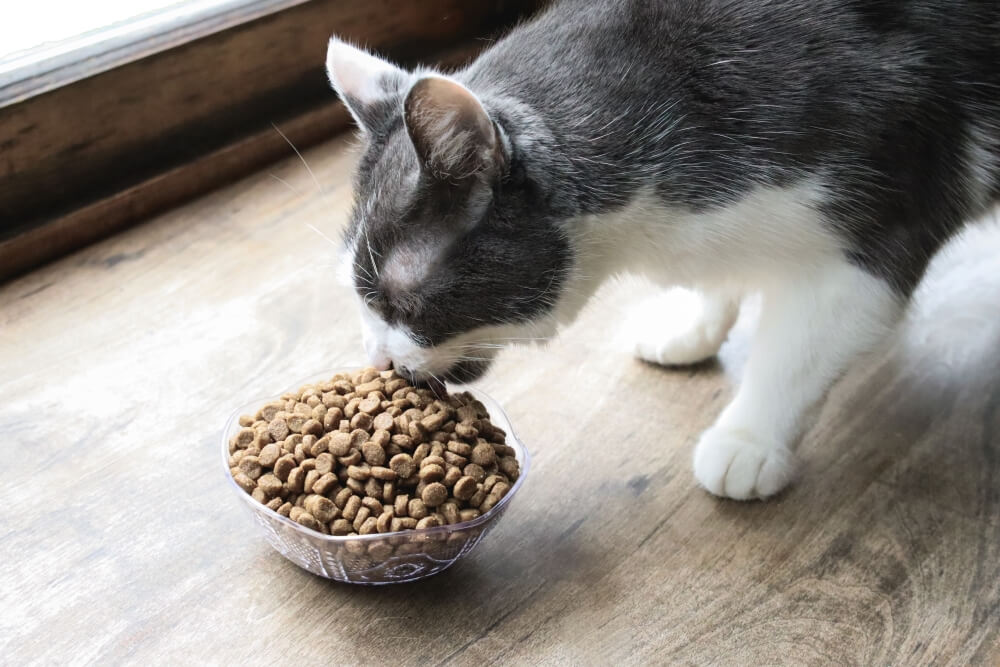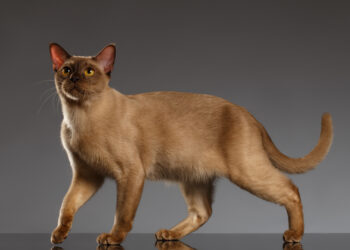“Choosing between wet and dry food for your beloved feline isn’t just about preference—it’s about their health and happiness.” This dilemma has puzzled cat owners for decades, with both options offering distinct advantages and considerations. In this comprehensive guide, we delve into the nuances of wet versus dry cat food, equipping you with the knowledge to make the best decision for your furry companion.
Understanding Your Cat’s Nutritional Needs
Cats are obligate carnivores, meaning their diet should primarily consist of animal-based proteins. Both wet and dry foods can meet these requirements, but they differ significantly in their formulations and moisture content. Wet food, with its higher water content, closely mimics the natural moisture content of prey, aiding in hydration. On the other hand, dry food is convenient and can contribute to dental health by reducing plaque buildup.
Pros and Cons of Wet Food

Pros:
- High moisture content supports urinary tract health.
- Rich aroma and flavor appeal to picky eaters.
- Helps manage weight due to lower carbohydrate content.
Cons:
- Perishable once opened, requiring refrigeration.
- More expensive per serving than dry food.
- May contribute to dental issues if exclusive diet.
Pros and Cons of Dry Food

Pros:
- Convenient storage and longer shelf life.
- Promotes dental health through chewing action.
- Cost-effective, especially for multi-cat households.
Cons:
- Lower moisture content, potentially leading to dehydration.
- Higher carbohydrate levels may not align with a cat’s natural diet.
- Some cats may find kibble less palatable.
Key Considerations for Cat Owners
When deciding between wet and dry food, consider your cat’s age, health status, and preferences. For instance, older cats or those prone to urinary issues may benefit from the additional hydration provided by wet food. Conversely, young, active cats may thrive on the energy-dense nature of dry food. Mixing both types can offer a balanced approach, addressing both hydration and dental health concerns.

Addressing Common Challenges
Challenge 1: Transitioning Diets
- Gradually introduce new foods to prevent digestive upset.
- Mix wet and dry food to ease the transition.
Challenge 2: Dental Health
- Supplement dry food with dental treats or regular teeth cleanings.
- Consider specialized dental formulas if recommended by your veterinarian.
Conclusion
Choosing between wet and dry food for your cat involves weighing nutritional benefits, convenience, and your cat’s individual needs. Whether you opt for the moisture-rich appeal of wet food or the practicality of dry kibble, prioritizing quality ingredients and balanced nutrition is key to supporting your cat’s overall health and well-being.
In the end, the best choice is one that aligns with your cat’s dietary requirements and lifestyle. By understanding the pros and cons of each option, you can make an informed decision that ensures your feline companion thrives.





















